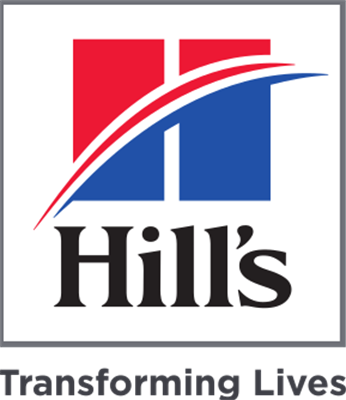Technician
Food Animal Internal Medicine
In Person Only
A Technician's Guide to Livestock Blood Gases
Thursday, June 19, 2025
10:00 AM - 11:00 AM ET
Location: KICC L017
CE: 1.0 Medical
- CK
Cileah M. Kretsch-York, DVM MS DACVIM-LA (she/her/hers)
Assistant Professor
Midwestern University, College of Veterinary Medicine
Glendale, Arizona, United States
Primary Presenter(s)
Disclosure(s):
Cileah M. Kretsch-York, DVM MS DACVIM-LA: No financial relationships to disclose
This is a one-hour lecture focusing on using venous blood gas to diagnose and manage common livestock emergencies and disease processes for technicians. This presentation will discuss the steps and necessary equipment for obtaining a venous blood gas in the field versus the clinic. We will provide a brief overview of the various aspects of a venous blood gas, including normal reference ranges for various livestock species. Similarly, we will discuss common causes of pH and electrolyte derangements in livestock species. Next, we will focus on the derangements associated with common diseases, including urolithiasis, gastrointestinal diseases (obstructions, displacements), diarrhea, and pregnancy toxemia, among others. By the end of this session, technicians will be able to identify and describe key abnormalities and their potential disease processes, as well as anticipate the next steps in a treatment plan based on venous blood gas.
Learning Objectives:
- Describe the key components of a venous blood gas and interpret abnormal values in relation to livestock.
- Describe the supplies needed to obtain and run a blood gas in the field versus the clinic, including the machines available (I-stat, ABL, etc).
- Identify specific abnormalities seen in disease processes such as urolithiasis, pregnancy toxemia, and GI diseases, among others, and develop a potential treatment plan.


